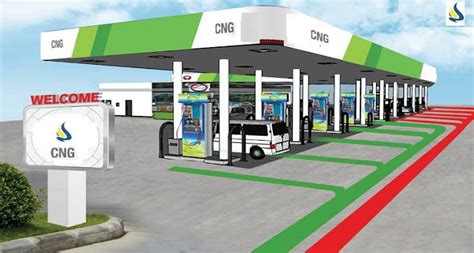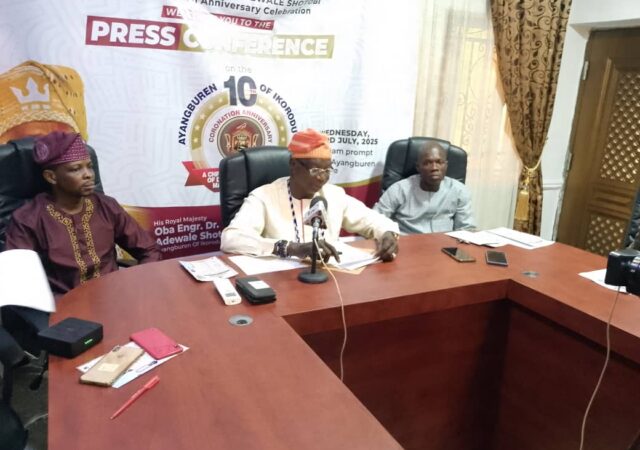In less than two years, Nigeria’s shift toward Compressed Natural Gas (CNG) as a cleaner and more affordable alternative to petrol and diesel is beginning to reshape its energy and transportation landscape.
Spearheaded by the Presidential Compressed Natural Gas Initiative (PCNGI), the country has witnessed a dramatic rise in infrastructure, vehicle conversions, and private sector investment.
What began on October 1, 2023, with just 23 CNG stations—mostly used for power generation—has grown into a national movement. As of May 2025, the number of CNG conversion centers has surged past 250, with a presence in 19 states across six geopolitical zones. This expansion represents not just numbers but a policy-driven shift toward energy diversification.
$500 Million and Counting: Investment Flows Into CNG
Speaking at a virtual MEMAN Competency Centre Gas Series event titled “Natural Gas Pricing and Investment in CNG Dialogue”, on Thursday, May 22, 2025, Engr. Michael Oluwagbemi, Programme Director of the PCNGI, outlined the initiative’s milestones. He revealed that the program has attracted over $500 million in total investment, with $160 million recorded in just the first four months of 2025.
These funds have supported the establishment of conversion centers, mother and daughter stations, virtual pipelines, data systems, and more. Importantly, most of the new centers are built by SMEs, underscoring a deliberate move toward a market-led strategy that limits government interference and encourages sustainable, private-sector-led growth.
“We’ve consciously avoided replicating the mistakes of the petrol subsidy regime,” Oluwagbemi noted. “This initiative is driven by demand stimulation and private supply response.”
Over 40,000 Vehicles Converted, 100,000 Kits Procured
By April 2025, over 11,843 vehicle conversions had been completed, with the federal government acquiring 100,000 conversion kits under its Conversion Incentive Program (CIP). Approximately 13,940 kits had been delivered by that time, and the initiative is targeting over a million vehicle conversions in the long run.
Other recent metrics include:
- 40,000+ vehicles now running on CNG.
- 500+ technicians trained to support installations and repairs, helping to build a domestic green workforce.
- 191 new buses and 63 tricycles added under the mass transit program.
- 29 to 40 operational CNG stations between March and April 2025.
The initiative also reported that 65 mother stations are under construction, 175 daughter stations are at different development stages, and five mini-LNG plants are being built in Ajaokuta—demonstrating deeper investments across the gas value chain.
Still, challenges remain. Out of Nigeria’s 20,000+ refueling stations, only about 60 currently carry CNG, signaling the early nature of the transition despite promising progress.
Policy, Regulation and the Road Ahead
Supporting these efforts is a range of government reforms and regulatory frameworks. Representing the Nigerian Midstream and Downstream Petroleum Regulatory Authority (NMDPRA), Engr. Adedayo Oyinlola confirmed that the federal government is committed to accelerating the natural gas revolution.
Oyinlola referenced several key policy tools:
- The Gas Network Code, which introduces open-access rules for suppliers and off-takers.
- The Petroleum Industry Act (PIA), mandating a domestic gas supply obligation to meet the needs of key sectors.
- A special fund to de-risk gas infrastructure projects.
- The Gas Flare Commercialization Programme and the Decade of Gas Initiative, both designed to cut waste and stimulate long-term investment.
“The infrastructure gap is real, but so is the government’s resolve to bridge it,” Oyinlola said. “We’re not just trying to reduce petrol use; we’re creating a more resilient, sustainable gas economy.”
As Nigeria battles high fuel costs and environmental concerns, the Presidential CNG Initiative could become a cornerstone of its clean energy future—offering cheaper fuel, creating jobs, and aligning with global climate goals.








k60u6l
rxnv7q